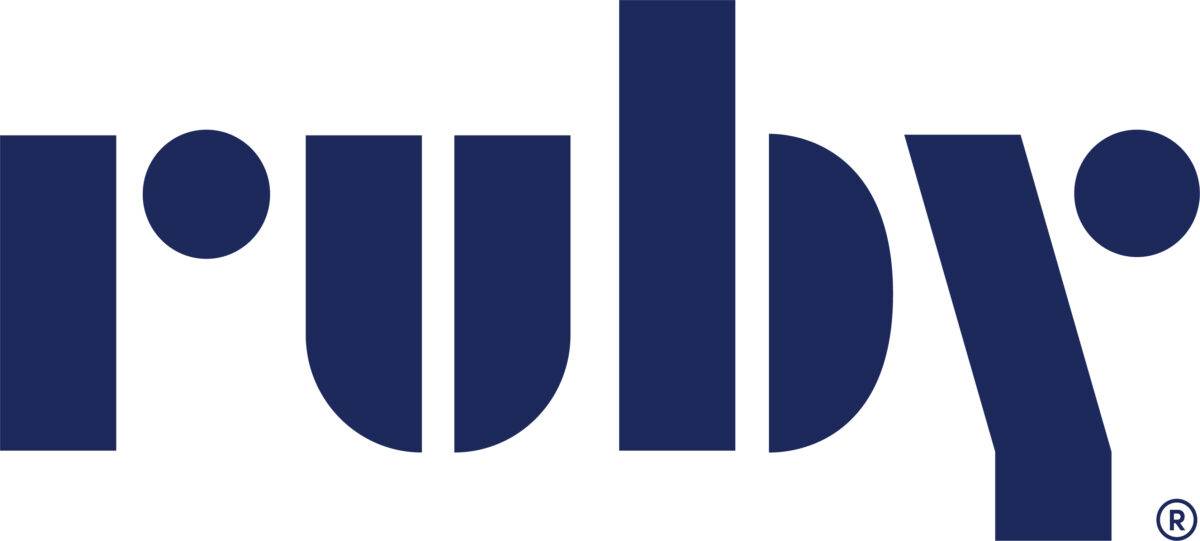
Meet Bryan.
Bryan is a 36-year-old single dad who recently relocated from Hong Kong to the United States. Bryan would describe himself as a nerd and a homebody. He loves cooking, painting, musical theater, and learning new languages. Although Bryan doesn’t open up to new people immediately, he has several close friends who love him for his kind heart and his sometimes-dark sense of humor.
Right now, we don’t actually know any of that.
What we do know is that Bryan is a sales lead. He’s shown interest in your business and your products or services. We know this because he’s filled a contact form on your website, and yesterday, he sent an email asking about an offering.
Many businesses would consider Bryan a marketing-qualified lead (MQL). Compare and contrast him with our last persona, Amy, who falls under the category of sales-qualified lead (SQL). Amy and Bryan are both interested in a potential sale, but while Amy has had exchanges with business representatives, Bryan has only just initiated the conversation.
Welcome to a world of possibilities.
Bryan is at an exciting and uncertain stage in the customer acquisition process. There are so many possibilities ahead.
Maybe he’ll turn into a new customer—perhaps a loyal, high-paying customer who spreads positive word of mouth about your business.
Or maybe he’ll benefit your company in a different way—as a key contact, for instance, or even a future employee. Maybe he has connections, knowledge, or skills you can harness to grow your business.
Then again, Bryan might find out he’s not interested in what you have to offer.
Or worse, what if he has a negative interaction with you or your team and decides to leave a critical review online?
It’s a lot like a first date. Things could go wonderfully, or terribly, or just sort of “meh.” But no matter what, you have an opportunity to stand out, create an unforgettable experience, and hopefully forge a real connection with someone.
What does Bryan need?
As with dating, the secret to nurturing a lead like Bryan is to center the other person’s needs. Throughout the customer acquisition process, but particularly at this point, sales should look more like service. Ask not what Bryan can do your business, but what you can do for Bryan.
What kind of product or service does Bryan need?
What information is he looking for? How much research has he done?
What drew him to your business? What will he do if he doesn’t use your product or service?
What are his hopes, concerns, and frustrations at this point?
Consider how you can address these subjects within a sales call, as well as through secondary channels. For example, if you have marketing content such as blog posts, downloads, and videos that Bryan might find relevant, maybe those materials are worth sending his way. Or, if he’s already reviewed your content, you could ask him targeted follow-up questions.
The goal is to engage him and get him interested. Don’t be afraid to talk about your business—that’s what he’s here to find out about—but try to frame the conversation around his needs.
It’s all about value.
Believe it or not, leads like Bryan can be easier to convert than the Amys of the world. That’s because they have fewer assumptions. They’re open and receptive to information about the business.
Perhaps more importantly, they are open to learning because they don’t know how to make the decision. This is where the salesperson should become more of a consultant. Consider questions like these:
What criteria will Bryan use to decide if the product/service is a fit?
How will Bryan measure whether or not he’s getting an ROI out of working with you?
Other than price, what else will he consider before making a decision?
Skilled salespeople can use this moment to embed value. In other words, you can overcome objections and roadblocks in advance by priming leads during the consideration phase.
Again, it’s both a science and an art.

The science is giving Bryan all the information he needs, and educating him on what else he might need to consider, in order to start getting ready to make his decision.
The art is knowing when and how to dole out the information—anticipating Bryan’s needs, tailoring your approach to his personality and preferences, and getting the prospect to open their mind to what they don’t already know, which will keep the business fresh in his mind for days, weeks, or months.
Give him a reason to love you, and make the decision to choose you as easy and obvious as possible, and—when the time is right—converting him into a customer will be a cinch.
In the final article in this series, we’ll look at our third lead, Casey. We may not know much about them, but there are definitely steps we can take to nurture them into a customer or client.



